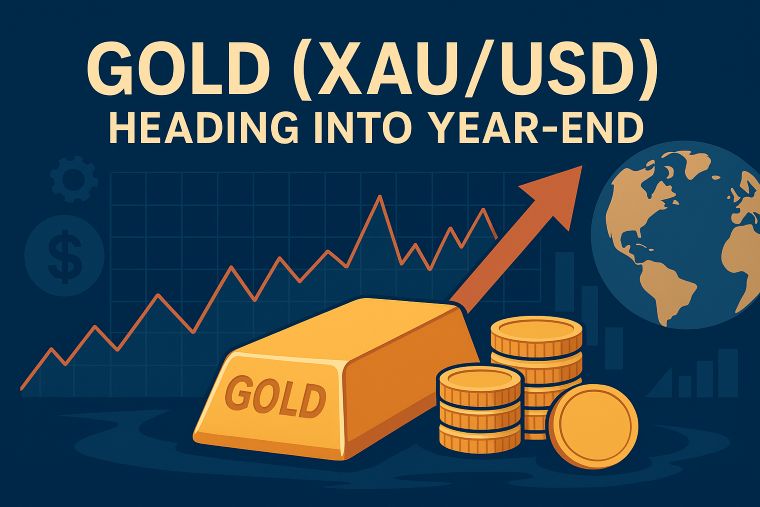2 min to read
The dollar-yen exchange rate experienced fluctuations
hovering around the 147 yen mark.

“Dollar-Yen Exchange Rate Dynamics and Inflation Focus in the Economic Arena”
In the contemporary New York foreign exchange marketplace, the dollar-yen exchange rate exhibited significant fluctuations, orbiting in the vicinity of the 147 yen threshold. Notably, while the day’s revelations surrounding the U.S. Producer Price Index (PPI) and retail sales surpassed anticipations, it is imperative to discern that a substantial portion of these achievements can be attributed to the ascension in energy prices, with any signals of inflationary pressure in other sectors remaining relatively subdued.
In the aftermath of the unveiling of pivotal benchmarks, such as the PPI and Consumer Price Index (CPI), conspicuous evidence of persistent inflationary trends has emerged. Nevertheless, the prevailing market sentiment vis-à-vis the Federal Reserve (FRB) remains resolute and steadfast. The imminent convening of the Federal Open Market Committee (FOMC) engenders the anticipation of a resolute stance on interest rates, while the prospect of further rate hikes within the fiscal year looms uncertain, with short-term financial markets tentatively pricing in an approximate 45% probability of an additional rate hike by year’s end.
In contradistinction, the Euro-dollar exchange rate has succumbed to intensifying selling pressure, momentarily breaching the mid-1.06-dollar threshold, venturing into territory adjacent to its lowest point for the current calendar year. The concomitant gathering of the European Central Bank (ECB) heightened expectations of an expeditious interest rate hike. This expectation was substantiated through the actualization of a 0.25% rate hike, elevating the central bank deposit rate to an appreciable 4.00%.
Nonetheless, the Euro’s response to these developments has been marked by a discernible negative bias. The contemporaneous downward recalibration of growth forecasts spanning from 2023 to 2025 by the ECB has cultivated a prevailing atmosphere of apprehension, speculating that the central bank is pivoting its focus toward the broader economic landscape. While ECB President Lagarde refrained from offering explicit commentary on the termination of the rate-hike cycle, market consensus inclines towards the interpretation that this hike might represent the denouement, with the ECB inclining towards a sustained posture of heightened interest rates.
The Pound-dollar exchange rate, meanwhile, has sustained its extended slide, momentarily skimming the realm of approximately 1.24 dollars. The Euro’s depreciation, influenced in part by the ECB’s decision-making, has exerted a contributory influence on the Pound’s weakened position against the robust Dollar. Speculation has arisen suggesting that the Bank of England may expedite its rate-hike timeline, partly informed by the ECB’s strategic cues.
Against this intricate backdrop of financial evolution, prominent investment entities are espousing the view that the Pound’s prospects for appreciation in both the immediate and long-term horizons appear increasingly circumscribed. As such, they advocate for strategies characterized by Pound divestment and Euro acquisition. According to the International Monetary Fund’s prognostications, although the economic outlook for the Eurozone may recede later this year, a reversal of fortunes is anticipated in 2024. Certain analysts also proffer the contention that the Euro may have been oversold from a tactical vantage point.
Visit XM Official Website.

